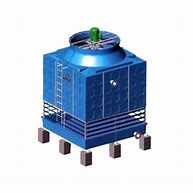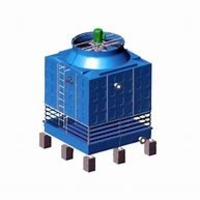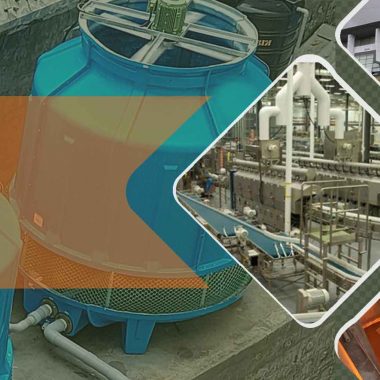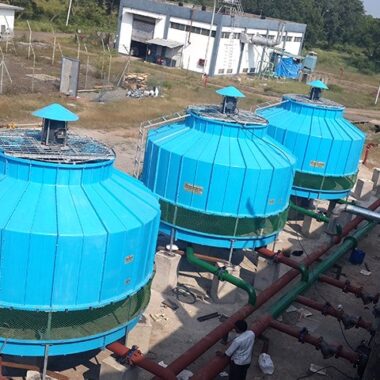Optimizing Water and Energy Use in Evaporative Cooling Towers
Optimizing Water and Energy Use in Evaporative Cooling Towers
Optimizing water and energy utilize in evaporative cooling towers is basic for improving effectiveness, reducing operating costs, and minimizing environmental impact. Here are a few strategies to achieve this optimization:
1) Water Management:
- Water Treatment: Implement effective water treatment programs to avoid scale, corrosion, and biological growth within the cooling tower system. Normal monitoring and maintenance of water quality offer assistance minimize water consumption and expand equipment lifespan.
- Water Recycling: Install water reusing systems to reuse blowdown water or collected condensate for non-potable applications, such as irrigation, latrine flushing, or prepare cooling. This reduces freshwater intake and wastewater discharge, conserving water resources.
- Cooling Tower Sizing: Properly size cooling towers to coordinate the cooling load and operating conditions of the office. Oversized cooling towers result in excessive water usage and energy consumption, whereas undersized towers may compromise cooling efficiency.
2) Energy Efficiency:
- Fan Control: Install variable frequency drives (VFDs) on cooling tower fans to tweak fan speed based on cooling request. This allows for exact control of airflow and diminishes vitality consumption during periods of halfway stack operation.
- Water Pump Efficiency: Use energy-efficient pumps with variable speed drives (VSDs) to optimize water circulation within the cooling tower system. VSDs alter pump speed to coordinate system requirements, minimizing energy utilization and reducing operating costs.
- Heat Exchange Optimization: Optimize heat exchange efficiency by ensuring appropriate water distribution over the cooling tower fill media and keeping up clean surfaces for maximum heat transfer. Regular inspection, cleaning, and support of fill media and spray nozzles are essential for ideal performance.
- Water Temperature Control: Implement strategies to control the water temperature entering the cooling tower, such as pre-cooling or heat recovery systems. Bringing down the temperature of the circulating water diminishes the cooling load on the tower and decreases energy utilization.
3) Monitoring and Control:
- Remote Monitoring: Install real-time observing systems to track key execution parameters, such as water flow rates, temperatures, and energy utilization. Remote monitoring allows for proactive maintenance and optimization of cooling tower operation.
- Automation: Implement computerized control systems that adjust cooling tower operation based on dynamic factors such as surrounding temperature, humidity, and cooling demand. Automation improves system efficiency and responsiveness whereas reducing manual intervention.
4) Regular Maintenance and Inspections:
- Scheduled Maintenance: Develop and follow to a comprehensive maintenance plan for cooling tower equipment, counting regular inspection, cleaning, and oil of mechanical components. Proper support helps avoid equipment failures, ensures ideal performance, and prolongs equipment life.
- Leak Detection: Execute leak detection systems to recognize and repair leaks within the cooling tower system promptly. Water leaks waste both water and energy and can lead to increased operating costs and environmental impact if cleared out unaddressed.
By implementing these strategies, facilities can optimize water and energy utilize in evaporative cooling towers, leading to improved efficiency, decreased operational costs, and improved environmental sustainability. Additionally, ongoing monitoring, maintenance, and continuous improvement efforts are fundamental for long-term performance optimization.






Understand the balance between energy consumption and water use - Cool Fab Equipments March 22, 2024 at 5:15 pm
[…] Balancing energy utilization and water utilize could be a basic consideration within the operation of cooling towers, as these systems are significant consumers of both energy and water. Achieving an ideal balance between energy proficiency and water preservation involves executing different strategies to minimize energy consumption whereas maximizing water proficiency. Understand the balance between energy consumption and water use, Here’s how this adjust can be accomplished: […]